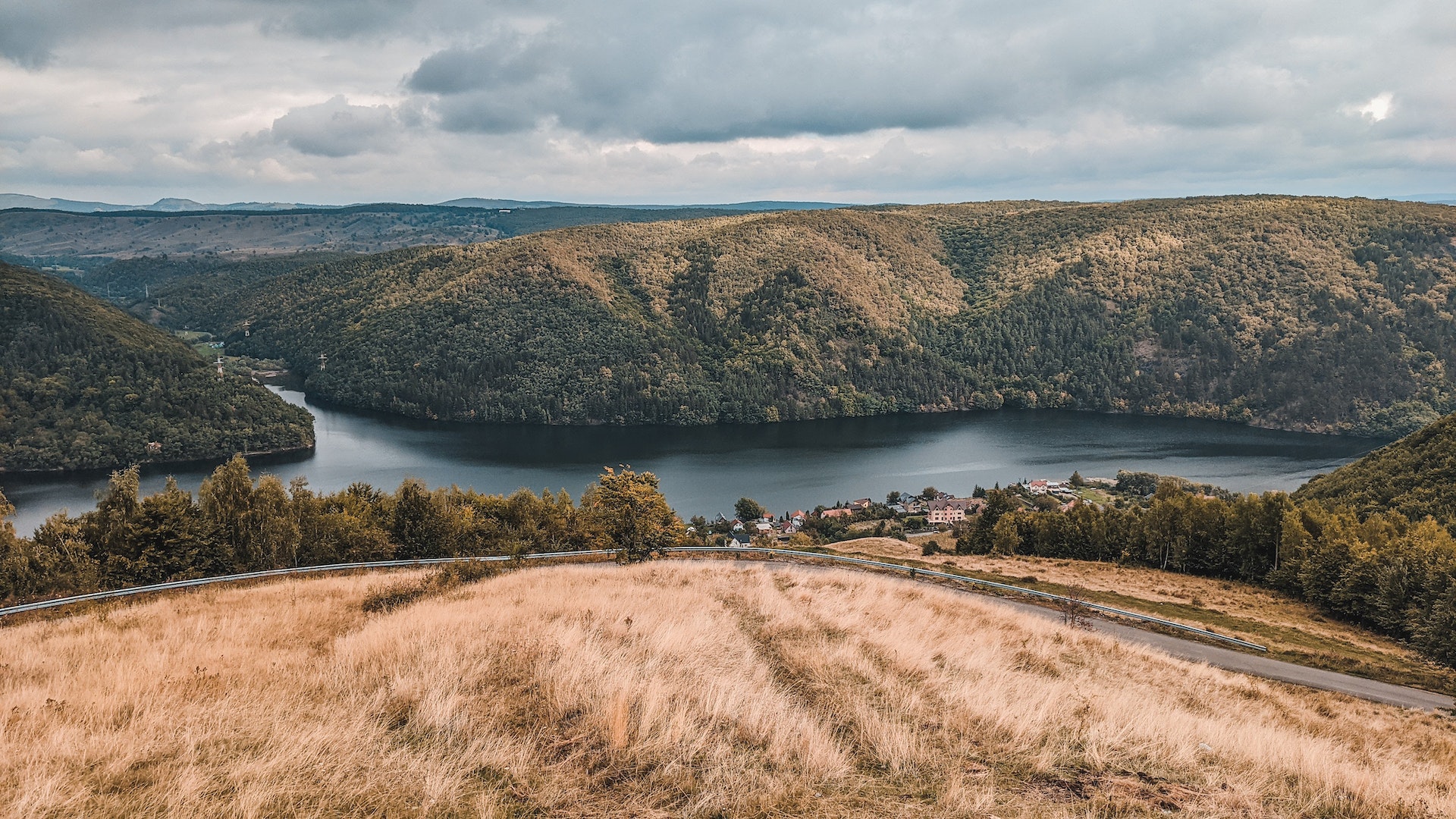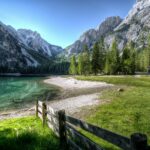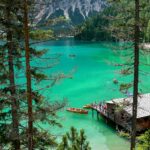Browse the topics below to find what you are looking for.
Our National Parks were founded in the same post war social reforms that saw the creation of council housing and the NHS. They are free at the point of access and are also the homes and workplaces of millions of UK citizens.
Whenever you are visiting the countryside, it’s important to follow the Countryside Code. This helps keep you safe and also protects the wildlife and landscapes that you’re visiting. You can download a short COVID updated version here and the full version here. Scotland has its own version called the Outdoor Access Code which you can find here.
There are two ways to plan a national park vacation. You can choose a special tour operator that will map out your itinerary for you or you can organize the trip on your own. Both options have valid advantages. You might get a better price on a hotel through a tour operator; however, you might not have the same flexibility and freedom as if you would organizing your own vacation.
National Parks do employ Rangers – in Scotland they are called Wardens – but it isn’t their job to roam the National Park acting as guides. Indeed, there’s not that many of them. National Parks cover 10% of the landmass of the UK. One of the largest Parks in England has only two Rangers.
Most of the national parks in the United States are accessible by car, RV or bus. When you enter the park, you’ll need to pay an entrance fee, which is usually between $20-$40 per vehicle. Park passes can be valid for up to seven days depending on the park and season. If you plan to visit several national parks, we recommend you buy the America the Beautiful Pass for $80.
All national parks in the United States are managed and and supervised by the National Park Service, which is a federal agency of the Department of Interior. Park rangers operate as federal law enforcement officers inside a national park, with full authority to protect the people and the nature inside of each park.
The best way to enjoy nature in a national park is to spend as much time outside as possible and less time in the car. Before entering a national park, create a plan highlighting certain hikes and view points. If you are able, take at least a one-mile hike away from parking areas to enjoy more silence and natural surroundings. Explore on foot, by bike or paddled vessel to get more in touch with nature in any national park.
Please do, they’ll love it too. You need to keep them under control though and put a lead on when signs tell you to. There’s loads of areas with ground nesting birds and even the best behaved dogs will struggle to curb their natural instincts. And it goes without saying, if your dog does a poo – anywhere – bag it and bin it.





